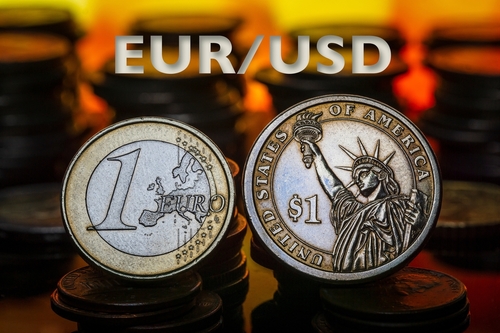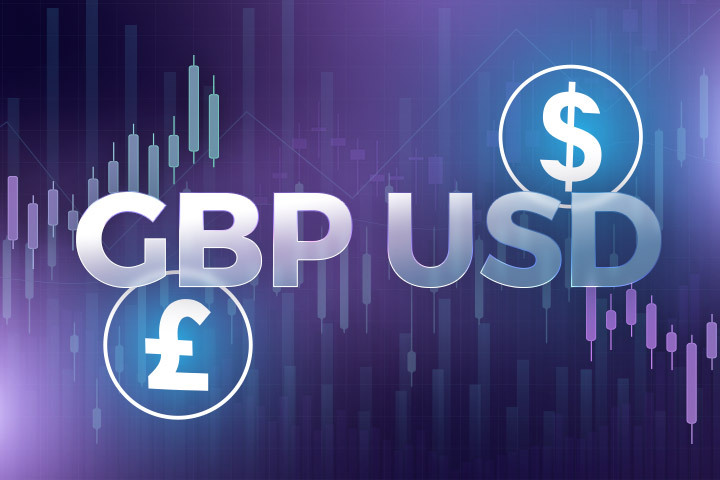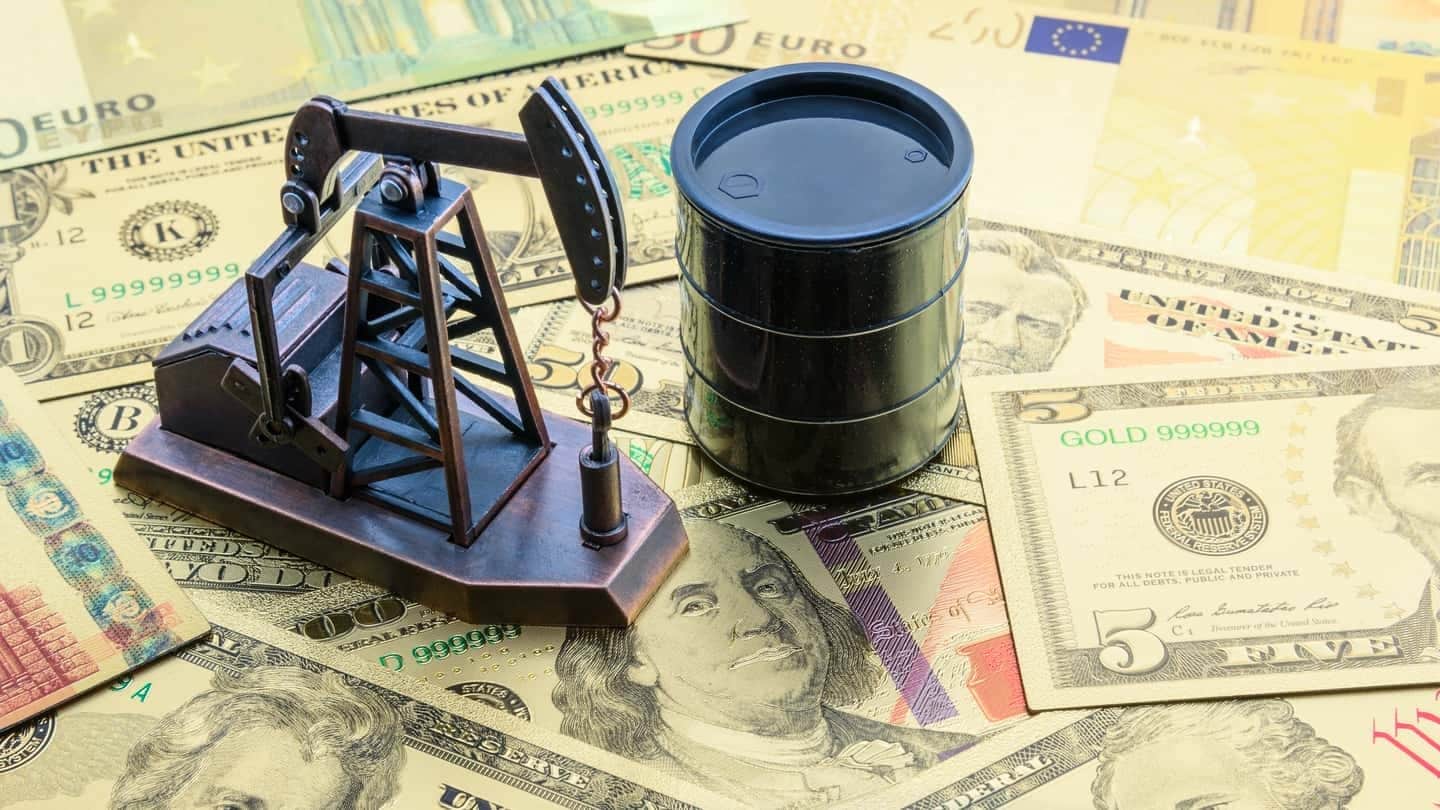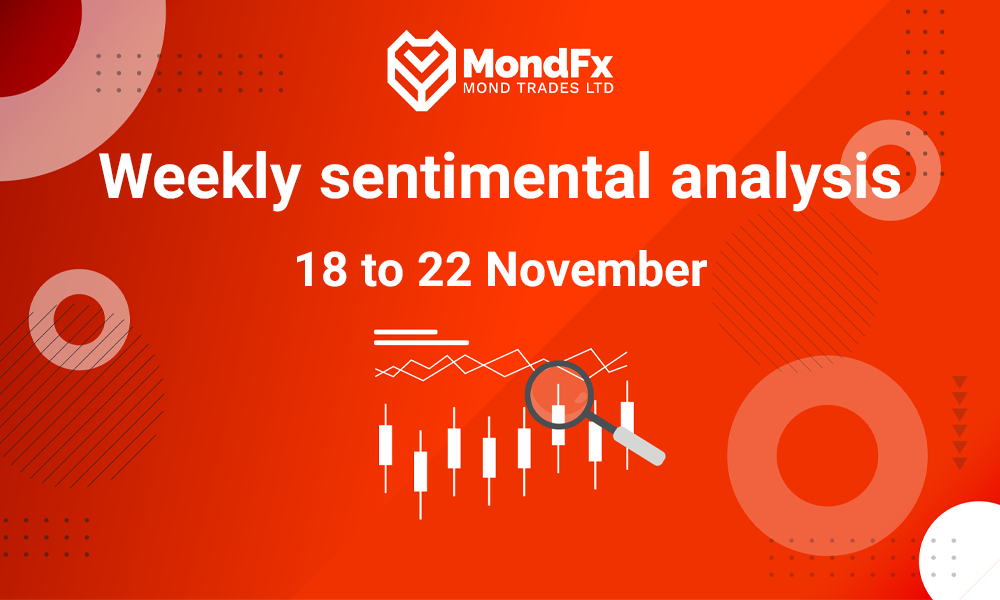
The Gold
Gold prices have recently come under significant pressure, experiencing the largest weekly drop since September 2023. This decline was driven by a sharp rise in the value of the US dollar, which pushed gold to its lowest two-month level and the dollar to its highest one-year level. However, geopolitical tensions over the weekend helped gold recover slightly, as increased demand for safe-haven assets boosted prices in early Asian trading.
Geopolitical developments remain a key factor influencing gold prices. The US allowing Ukraine to use long-range missiles, the intensification of Russian attacks, and escalating military conflicts in the Middle East have all increased risk-aversion, driving demand for gold as a safe-haven asset.
The rising value of the US dollar continues to act as a headwind for gold, as a stronger dollar makes gold more expensive for non-US buyers.
Gold’s price movements are highly dependent on geopolitical developments, and investor sentiment fluctuates with these events. On one hand, the strength of the dollar may continue to exert downward pressure on gold, while on the other hand, rising global risks could strengthen demand for gold as a safe-haven asset.
Currently, monetary policies continue to influence gold’s trajectory. Federal Reserve officials, including Jerome Powell, have emphasized a cautious approach to interest rate cuts. They have cited resilient economic data and persistent inflation as the main reasons for this approach. The US 10-year Treasury yield remains near its highest levels in months, further strengthening the US dollar and creating barriers for gold.
These dynamics could limit gold’s upside potential, even with rising geopolitical risks. To see significant gains in gold, more precise signals from the Federal Reserve regarding its policy direction would be needed.
At present, the outlook for the gold market hinges on the balance between these opposing forces, with investors closely monitoring geopolitical changes and their impact on demand for safe-haven assets. While gold is currently under pressure, particularly due to cautious monetary policies and a stronger dollar, if more specific signals from the Federal Reserve about interest rate cuts and policy shifts emerge, gold could have more upside opportunities.

The Euro
The EUR/USD currency pair is stabilizing above the 1.0500 level as investors await new signals regarding potential interest rate decisions from the Federal Reserve (Fed) and the European Central Bank (ECB) in December.
Given Trump’s decisive victory and concerns about tariff increases, it is expected that the ECB will take more aggressive measures to cut rates, potentially reducing them further than the Federal Reserve. This is because, even before the possible tariffs on European exports are imposed, the economic situation in Europe is not as favorable compared to other regions.
Analysts at Capital Economics have predicted that “despite the possibility of short-term stabilization, our forecasts for the US dollar have improved, and we now expect it to strengthen by another 5% by the end of 2025.” They added, “This forecast is mainly based on the view that Donald Trump, the elected president, will pursue the major tariff policies promised during his election campaign, and the US economy will continue to outpace its main rivals.”
On the other hand, Jerome Powell, the Federal Reserve Chairman, has emphasized that there is no need to rush to lower interest rates. This message suggests that the Fed will continue its cautious policies, which could prevent a significant weakness in the US dollar.
Concerns about the potential for a trade war between the US and the Eurozone have risen among investors. This could strengthen risk-averse sentiment and put pressure on the euro. Investors are looking for new signs to understand how Trump’s policies might shape monetary policy actions for the December meeting and into 2025. Meanwhile, Federal Reserve officials have refrained from commenting on the potential consequences of Trump’s policies on the economy and interest rate policy.
These factors, along with trade tensions and monetary policies, are likely to play a significant role in determining the future direction of the EUR/USD currency pair.

The Pound
The GBP/USD currency pair experienced six consecutive days of decline, with a drop of over 2% last week. On Monday morning in Europe, the pair remained above the 1.2600 level, but the technical outlook still doesn’t suggest a significant recovery trend. Last week, the broad strength of the US dollar (USD) put heavy pressure on GBP/USD. Hawkish comments from Federal Reserve officials and US inflation data showing a 3.3% year-on-year rise in the core Consumer Price Index (CPI) for October helped strengthen the dollar against its competitors.
On Tuesday, UK employment data was released. The average earnings excluding bonuses for the third quarter rose by 4.8% year-on-year, slightly down from the previous 4.9%. Total earnings growth, which includes bonuses, rose from 3.9% to 4.3%, marking the first acceleration in the past six months. The unemployment rate also increased from 4% to 4.3%, which was higher than expected, although policymakers remain cautious in interpreting the unemployment rate data due to survey response issues. This report, along with the inflationary budget policies of the Starmer government and concerns about a new trade war after Trump’s victory, has further intensified the Bank of England’s (BOE) caution regarding faster interest rate cuts.
Meanwhile, the UK’s Office for National Statistics (ONS) reported on Friday that the country’s GDP grew by 0.1% quarter-on-quarter in the third quarter. This figure was lower than the market expectation of 0.2%, which prevented the GBP/USD from rising before the weekend holiday.
In the absence of major economic data, investors may react to changes in risk sentiment on Monday. At the time of writing, US stock index futures were mixed. If the major Wall Street indices start the week on a downward trend, especially in light of geopolitical tensions, GBP/USD may face challenges in maintaining its position.
During the early hours of the US trading session, Chicago Fed President Austan Goolsbee will deliver a speech. According to the CME FedWatch tool, markets are currently pricing in a 40% chance of no change in interest rates at the December meeting. If Goolsbee adopts a cautious tone regarding further rate cuts by the end of the year, GBP/USD could face renewed downward pressure.

The Oil
Brent crude oil rose by 0.3%, increasing by 20 cents to $71.24 per barrel, while US crude oil (WTI) increased by 0.1%, gaining 9 cents to $67.11 per barrel. Tensions in the Russia-Ukraine war escalated over the weekend, leading to a brief increase in oil prices. A significant policy shift in the US allowed Ukraine to use American-made weapons for long-range strikes against Russia, particularly in the Kursk region. This escalation could have geopolitical implications, driving up oil prices as risk and uncertainty in the market rise. Russia responded with its largest airstrike on Ukraine in nearly three months, causing significant damage to Ukraine’s energy infrastructure, further fueling market volatility.
Reports suggest that some Russian refineries have had to reduce or halt their operations due to high costs, export restrictions, and rising oil prices, which will affect global oil supply.
Despite the geopolitical tensions, concerns about global oil demand remain the primary pressure on the market. China’s oil demand is under pressure, with refinery output data showing a 4.6% decrease in production compared to last year in October.
As the year 2024 progresses, both bullish and bearish factors have caused oil prices to fluctuate, with NYMEX crude oil futures staying near the $70 per barrel level. Oil trading in this volatile environment could experience substantial fluctuations with high trading volumes until a clear trend emerges. On Friday, crude oil and gasoline prices saw a moderate decrease, with crude oil hitting a two-week low. Signs of lower Chinese oil demand continue to exert downward pressure on prices. Additionally, the decline in global stock indices has reduced confidence in the economic outlook, negatively impacting energy demand and oil prices.
However, US retail sales in October exceeded expectations, increasing by 0.4% from the previous month, and the Empire State Manufacturing Index for November surged by 43.1 points, reaching a two-year high. These positive economic indicators supported oil prices. Moreover, a price gap between crude oil and refined products has emerged, supporting prices. This gap reached a two-month high on Friday, acting as a supportive factor for prices as refineries were incentivized to buy more crude oil and convert it into gasoline and other products to boost their profit margins.
On the other hand, US crude oil production decreased by 0.7% to 13.4 million barrels per day for the week ending November 8, down from the previous week’s record of 13.5 million barrels per day. The outlook for increased oil production under the Trump administration and signs of weakening demand from China, the world’s largest oil importer, continue to influence the bearish sentiment in the market.

